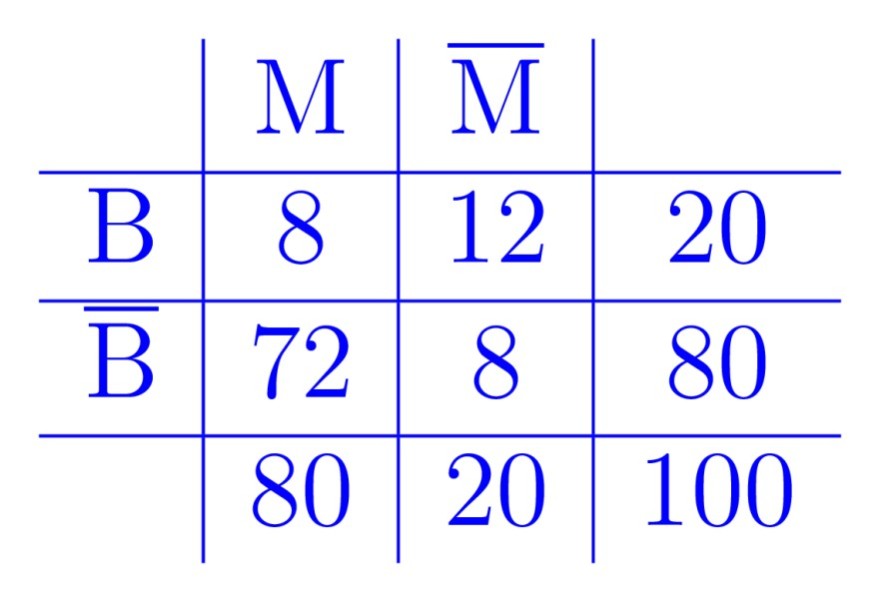Aufgabe:
Every night, Jeremiah watches a TV show to relax. \( 80 \% \) of the time, he chooses to watch Manhanttan Eight-Six but \( 20 \% \) of the time, he chooses to watch Tickling Adam. Unfortunately, \( 20 \% \) of the time he ends up binge-watching the show until dawn. \( 40 \% \) of binges happen when he watches Manhanttan Eight-Six and \( 60 \% \) of binges happen when he watches Tickling Adam.
(A) What is the probability that he binges Manhattan Eight-Six tonight?
(B) Given that he is watching Manhattan Eight-Six tonight, what is the probability that he will binge it?
(C) What is the probability that he binges either tonight or tomorrow night (or both)?
(D) Given that he binges either tonight or tomorrow night (or both), what is the probability that he is watching Manhattan Eight-Six tonight?
(E) Given that he is watching Manhattan Eight-Six tonight, what is the probability that he binges either tonight or tomorrow night (or both)?
(F) Given that he binges Manhattan Eight-Six either tonight or tomorrow night (or both), what is the probability that he binges on both nights?
Problem/Ansatz:
… Vierfeldertafel

a) 8%
b) 8/80 = 10%
c) 0.8 * 0.2 + 0.8 * 0.2 + 0.2 * 0.2 = 36%
Könnte bei d) - f) Hilfe gebrauchen.